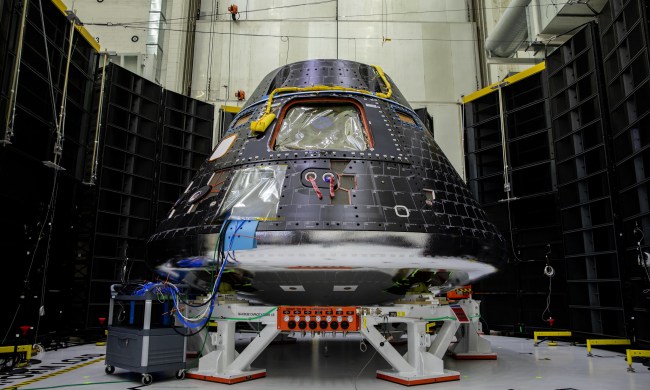When NASA sends astronauts to the moon for its Artemis program, it isn’t just planning to send them for brief visits. The plan is to set up a long-term moon base, where astronauts could stay for weeks or months at a time. The agency has been considering locations for this base and has narrowed down the options to focus on the moon’s south pole.
The pole is an appealing option because it is close to many of the dark craters which are thought to contain water ice. But there is also a need to pick a spot that receives sunlight so it can power the solar panels which will provide power for the base. So the location needs to have a balance of dark and illuminated areas.
“One idea is to set up camp in an illuminated zone and traverse into these craters, which are exceptionally cold,” said NASA Goddard planetary scientist Daniel P. Moriarty, who’s involved with NASA’s South Pole site analysis and planning team, in a statement.
The south pole is a good option for this as sunlight hits it at a low angle, meaning there are still craters that remain in shadow even when there is sunlight in the area.
The other consideration when picking a location for a base camp is how easy it is to land there. Landing on the moon is still challenging, 50 years after it was first achieved, because lunar terrain is uneven which makes it unsuited for landings. Ideally, it would be best to land on a flat region. “You want to land in the flattest area possible, since you don’t want the landing vehicle to tip over,” Moriarty said.
Finally, another issue is how to space out the habitat for the astronauts from other parts of the base camp like the landing area and solar panels. “You want to take advantage of the landforms, such as hills, that can act as barriers to minimize the impact of contamination,” said Ruthan Lewis, a biomechanical and industrial engineer, architect, and a leader on NASA’s South Pole site analysis and planning team. “So, we’re looking at distances, elevations, and slopes in our planning.”
For now, scientists and engineers at NASA will continue honing in on the exact location for a future moon base.



